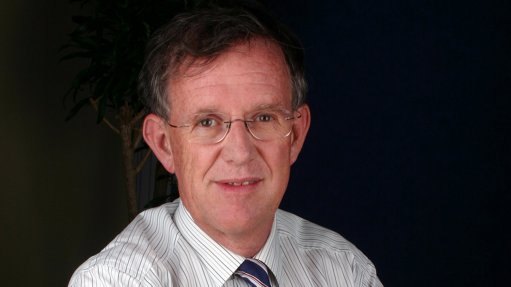
JEFF SHAW The project management industry is cyclical in nature
The South African project management industry is currently not thriving because the slow pace of infrastructure investments is negatively impacting on the industry, professional services firm KPMG infrastructure and major projects director Jeff Shaw says.
Although projects such as power utility Eskom’s Medupi power station, in Limpopo, valued at an estimated R25-billion, and Kusile, in Mpumalanga, valued at R40-billion, have boosted the industry during the past years, spending on infrastructure at the level of “State-owned enterprises and national, provincial and municipal government” has been slow, he adds.
Shaw says the industry was more upbeat from 2008 to 2011, as the 2010 FIFA World Cup spurred infrastructure expenditure. The amount that was spent on infrastructure for this sporting event is estimated at more than R33-billion.
“The project management industry is cyclical in nature, as it goes up and down during certain periods and, currently, we are in a downward phase. One of the negative consequences arising from a downward phase is that, when there is no work, professionals such as engineers and quantity surveyors leave the industry to find jobs in other industries, which depletes the pool of skilled and experienced project-management professionals.
“When there is stability and growth in the industry, it results in more work opportunities, which often means companies have to start afresh with recruitment drives to acquire the human resources needed. Often, inexperienced project managers are hired because of the skills depletion and they have to be trained on the job to . . . do the work,” he explains.
Trends Over the Years
Shaw says the project management discipline has become more complex and demanding over the years. Projects have become larger and more regulated, with every project having to satisfy regulatory requirements, such as the Occupational Health and Safety Act of 1993 and the Construction Management Professions Act of 2000.
“The projects have also become bigger, including malls, roads and bridges. “As a result, there has also been greater emphasis on training project managers to deal with the demands of big projects. In addition, the size of projects demands more human resources, such as artisans, electricians, and health and safety professionals, as well as equipment,” he adds.
Successful Projects
Shaw says that, for a project to be successful, the client must be dedicated to seeing the project through. The client, as the project sponsor providing capital to execute the project, must [clearly define the] the outcomes envisioned.
“Clients need to plan properly . . . and ensure that there is enough money to capitalise the project. “This will make the work of project managers easier because they will receive clear instructions from the client. Project managers will also have enough funds to complete a project – this is probably the single most important element of a successful project.”
Another element that contributes to the success of a project is a well-organised contractor who has the required human and financial resources, as well as the experience, to execute the project. This will ensure that there are no mistakes and that the project is finished on time and within budget.
Further, a proper contract between the client and the contractor is essential. The contract must state clearly what the responsibilities of the two parties are and the deadline for the completion of the project, says Shaw.
Saving Industry
“Government needs to start spending on major infrastructure projects, such as those in ports, road and rail, and bulk infrastructure services such as water and sanitation. The economy needs to grow as well – including increased expenditure in industries such as mining,” says Shaw.
“Lastly, companies need to skill their people so that they can produce high-quality work to bring back confidence in the industry,” he concludes.